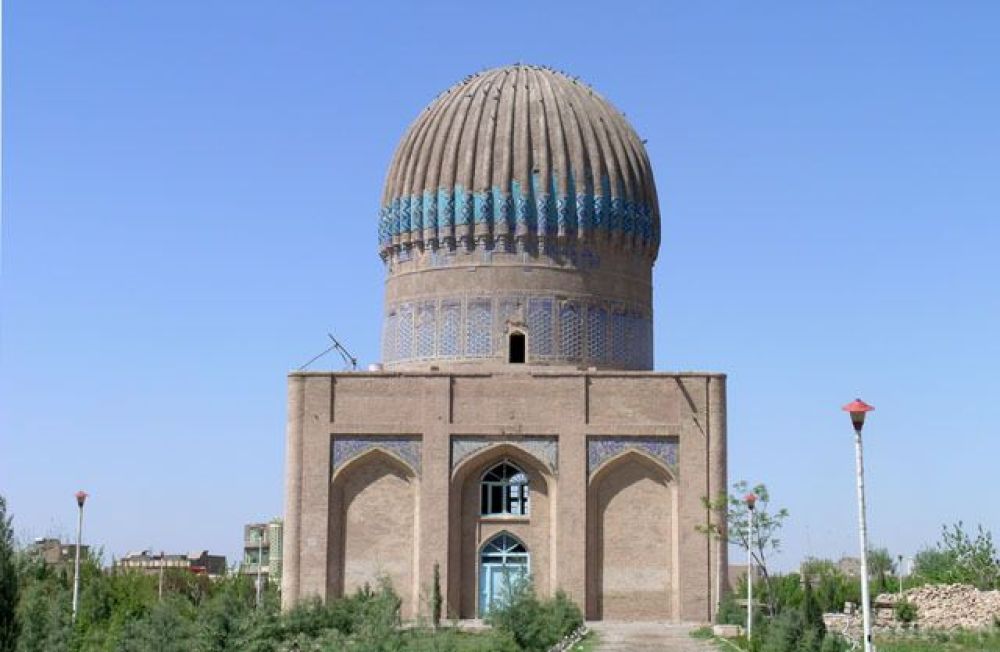

The ancient city of Herat in Afghanistan has long been a crossroads of various cultures, empires, and traditions, making it a rich historical repository. Among its treasures is the Gawhar Shad Madrasa and Mausoleum, a remarkable architectural complex dating back to the 15th century. This site is tied to the famed Timurid dynasty, with Gawhar Shad, a Timurid princess and the wife of Shah Rukh, the son of the conqueror Tamerlane (Timur), as its patroness.
Gawhar Shad was a powerful and influential figure during her time, known for her patronage of the arts, culture, and architecture. She commissioned the construction of the Madrasa and Mausoleum which formed part of a larger religious and cultural complex that included a mosque and a grand bazaar. The site was not only a center for Islamic learning but also a mausoleum for the members of the Timurid dynasty.
The architecture of the complex reflects the Timurid style, with intricate tile work, grandiose domes, and exquisite calligraphy. The madrasa was an important center of learning, attracting scholars from across the Islamic world. The Mausoleum of Gawhar Shad, which also houses the tomb of Queen Gawhar Shad herself, is noted for its architectural innovations and the beauty of its dome, which was once covered in blue tiles.
While Afghanistan has a rich cultural heritage that has the potential to attract tourists, the political and civil unrest over the past few decades has limited the development of tourism. Historical sites such as the Gawhar Shad Madrasa and Mausoleum have suffered from neglect and have been damaged both by natural elements and human conflict.
However, there has been a substantial interest in preserving Afghanistan's historical sites. Organizations such as UNESCO have been involved in efforts to protect these treasures, raising global awareness about their significance and the need for preservation.
In recent years, there has been a modest increase in cultural tourism, with intrepid travelers seeking to explore Afghanistan's ancient sites. There have been efforts to promote sustainable tourism development that could potentially support economic growth and cultural preservation. The Afghan government, alongside various NGOs, has been working to restore historic sites like the Gawhar Shad Madrasa and Mausoleum in hopes of attracting future tourists and scholars interested in the country's rich historical legacy.
However, it should be noted that instability in the region continues to pose challenges, and tourism is largely dependent on improvements in security and infrastructure. The safety of travelers is a significant concern, and any potential tourists should exercise caution and stay informed about the current situation when considering a visit to historical sites in Afghanistan.
For those who are able to visit the Gawhar Shad Madrasa and Mausoleum, it is important to be respectful of the site's cultural and religious significance. Given the fluctuating situation in the country, visiting hours may vary, and it is essential to check with local authorities or tour operators for the most current information. Tourists should also follow any guidelines provided to ensure the ongoing conservation of this important piece of Afghanistan's cultural heritage.